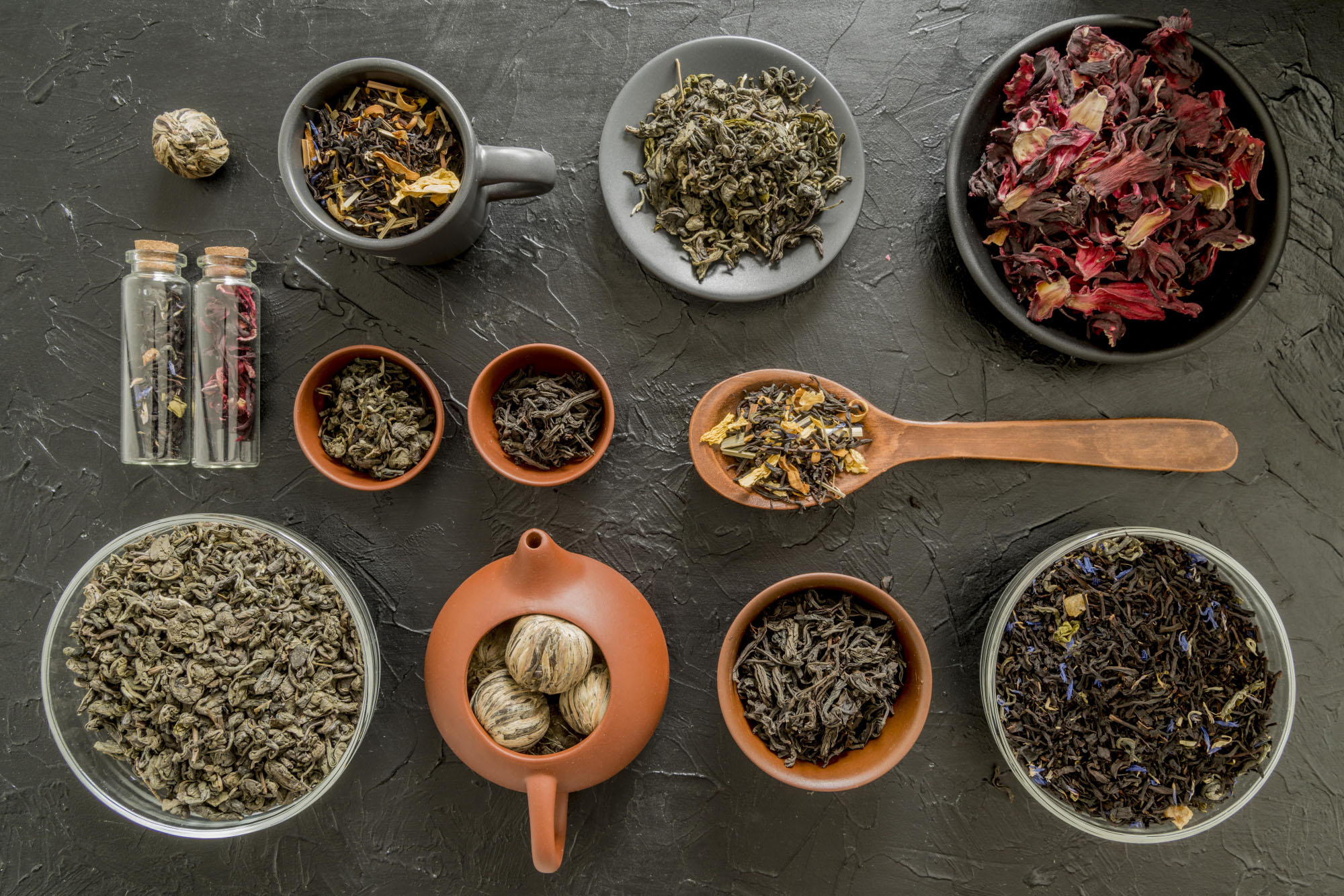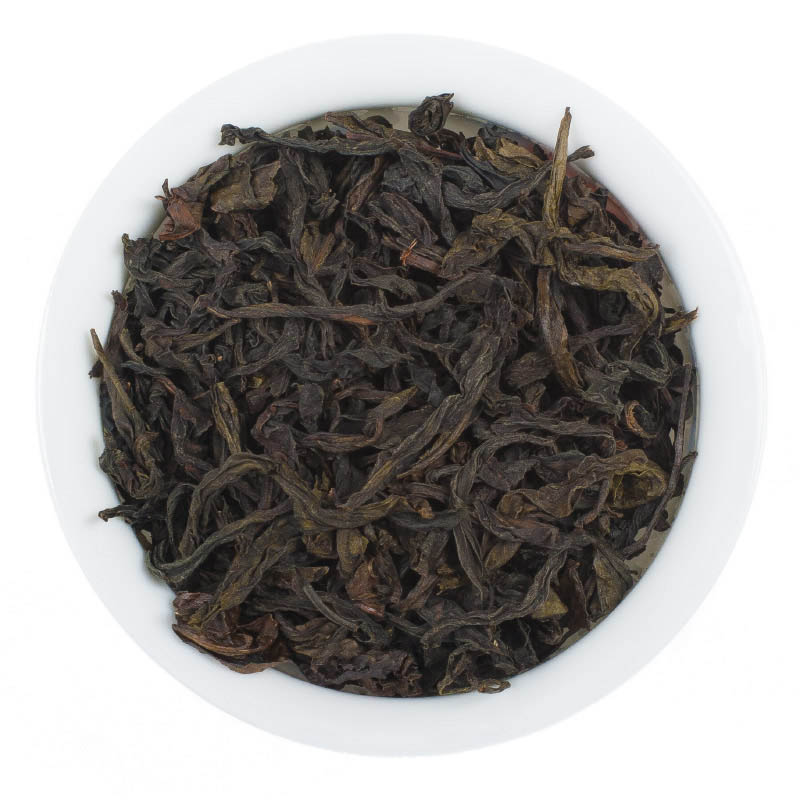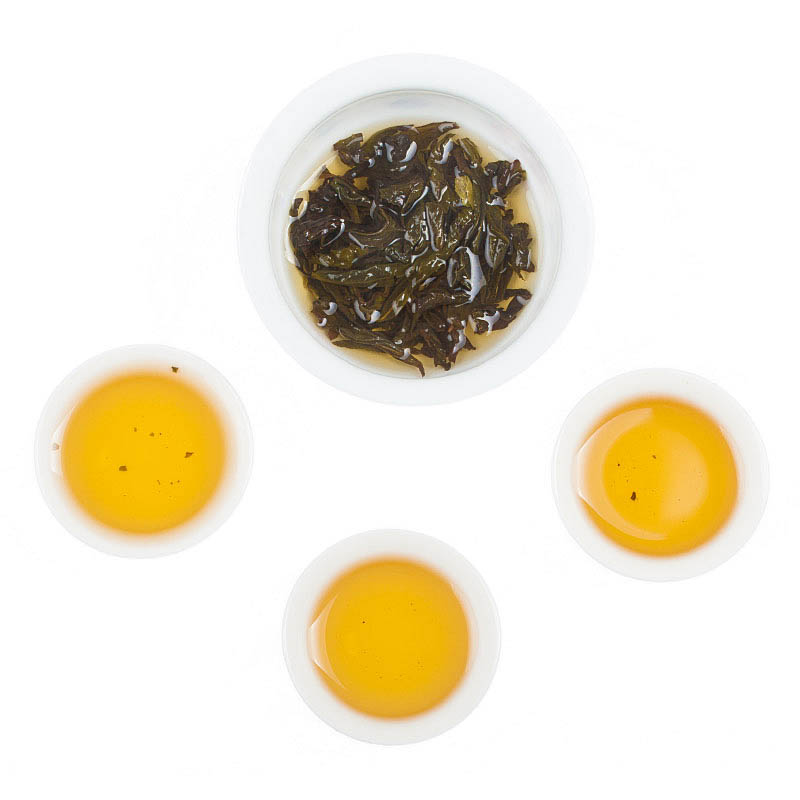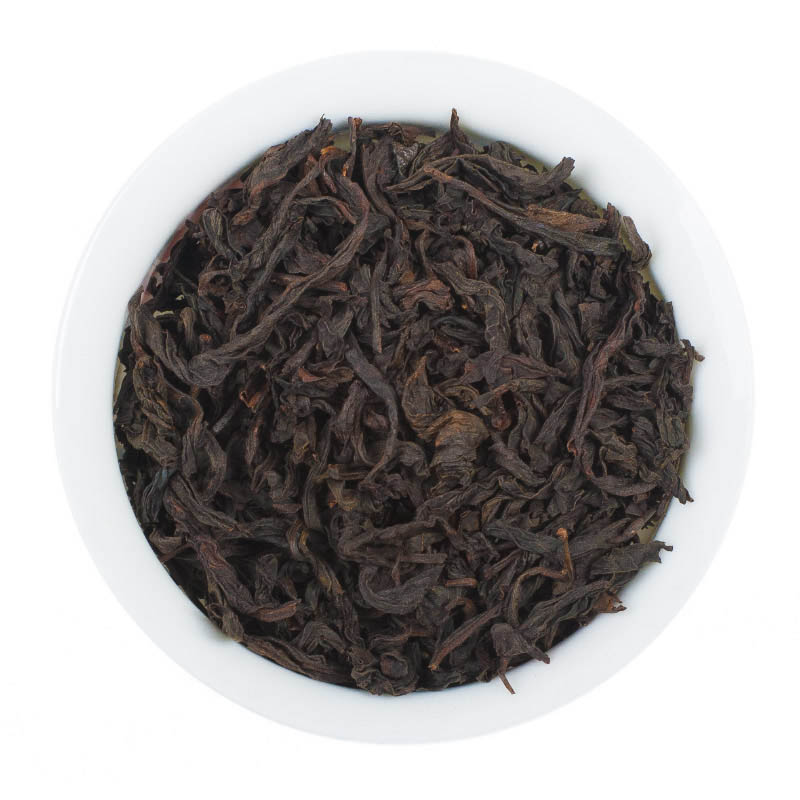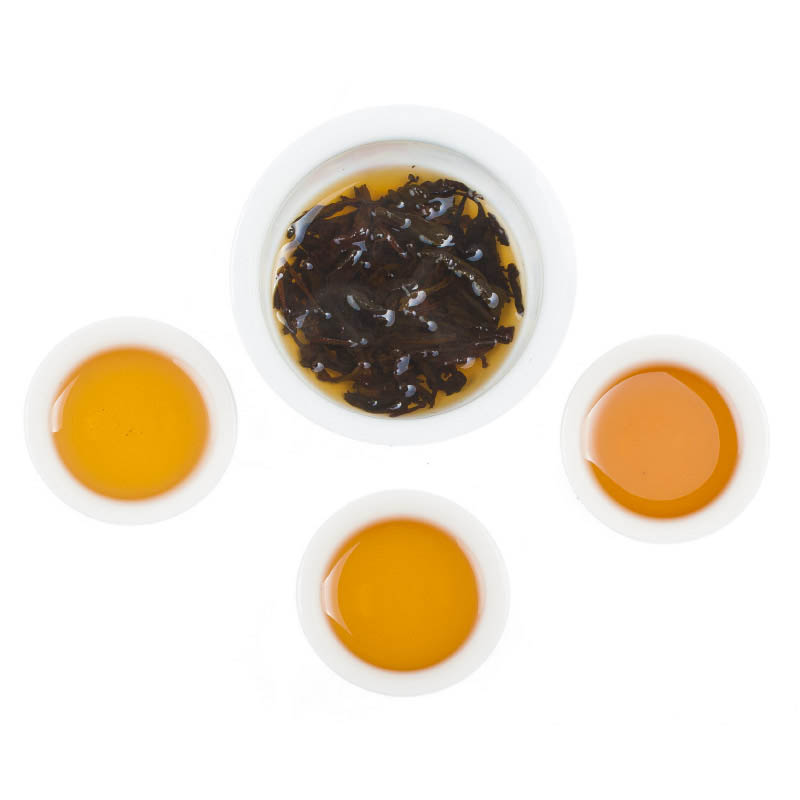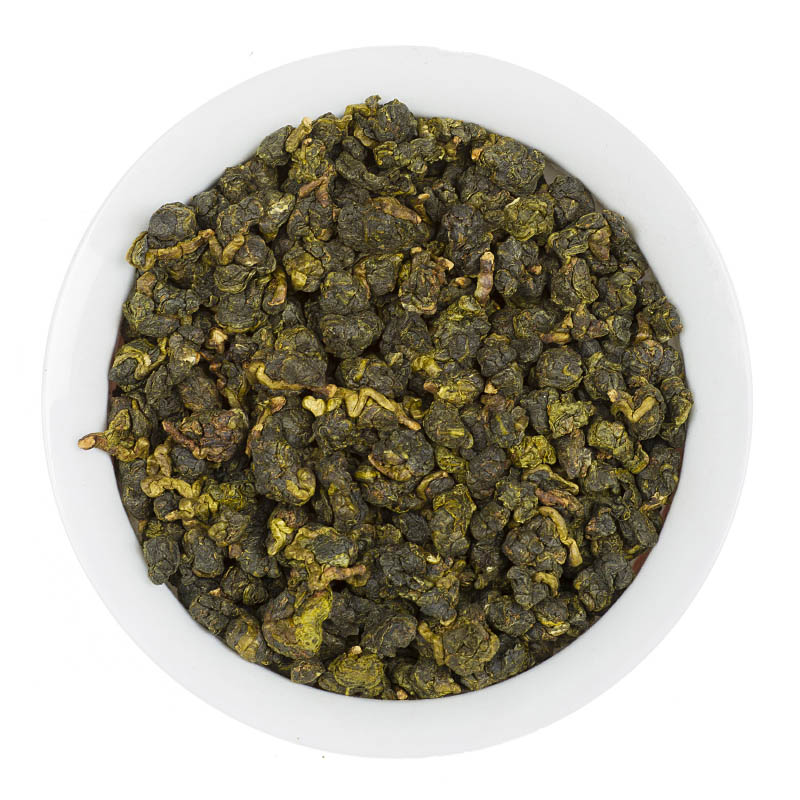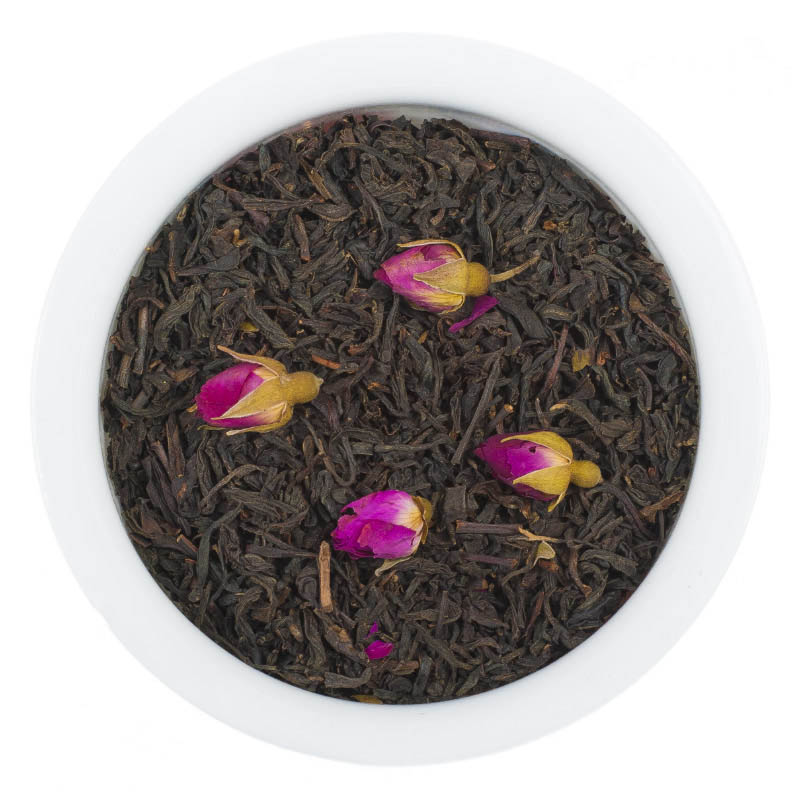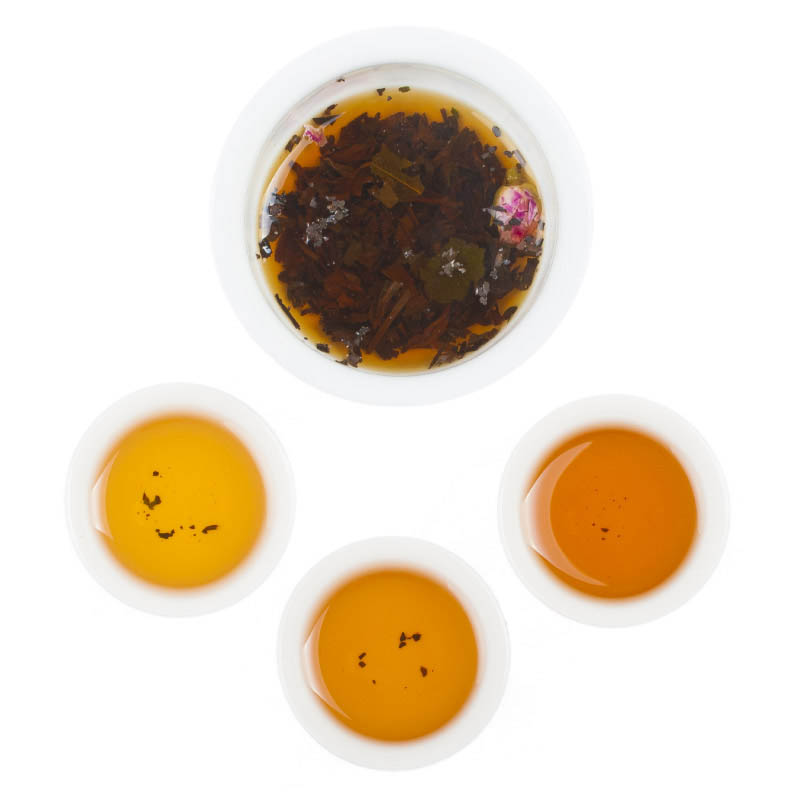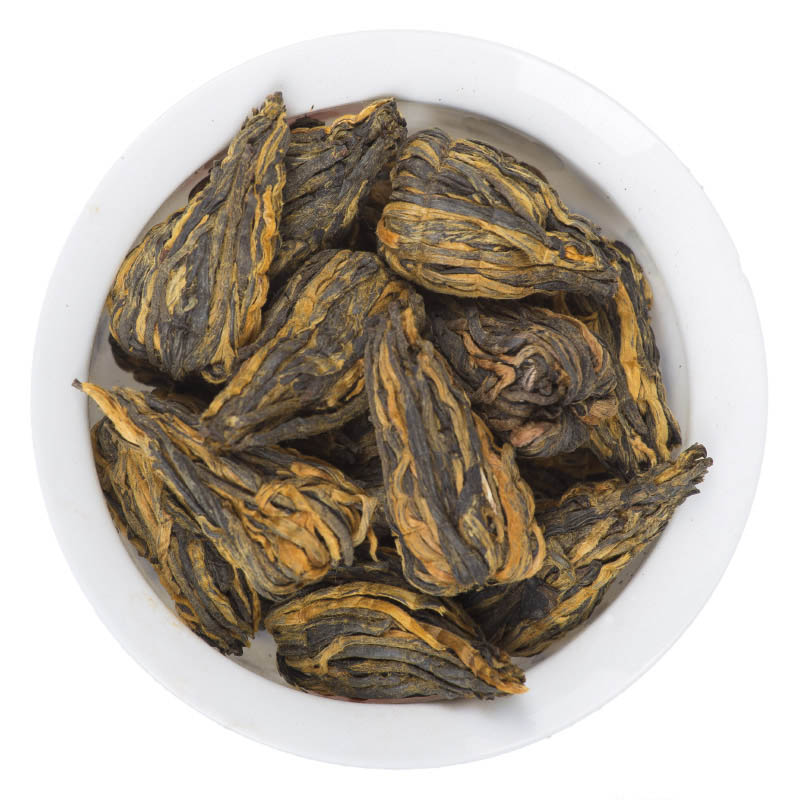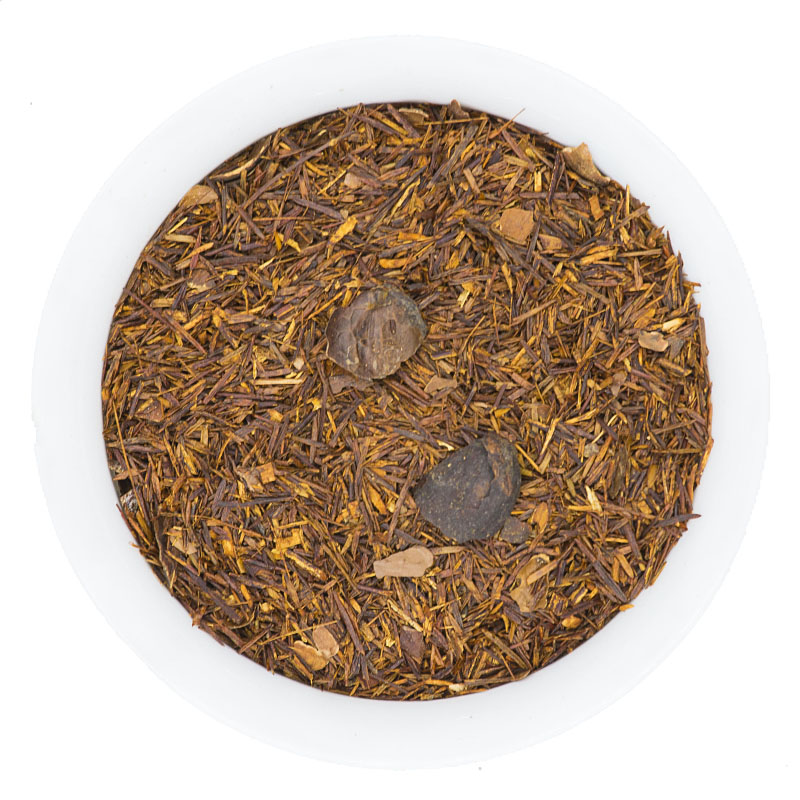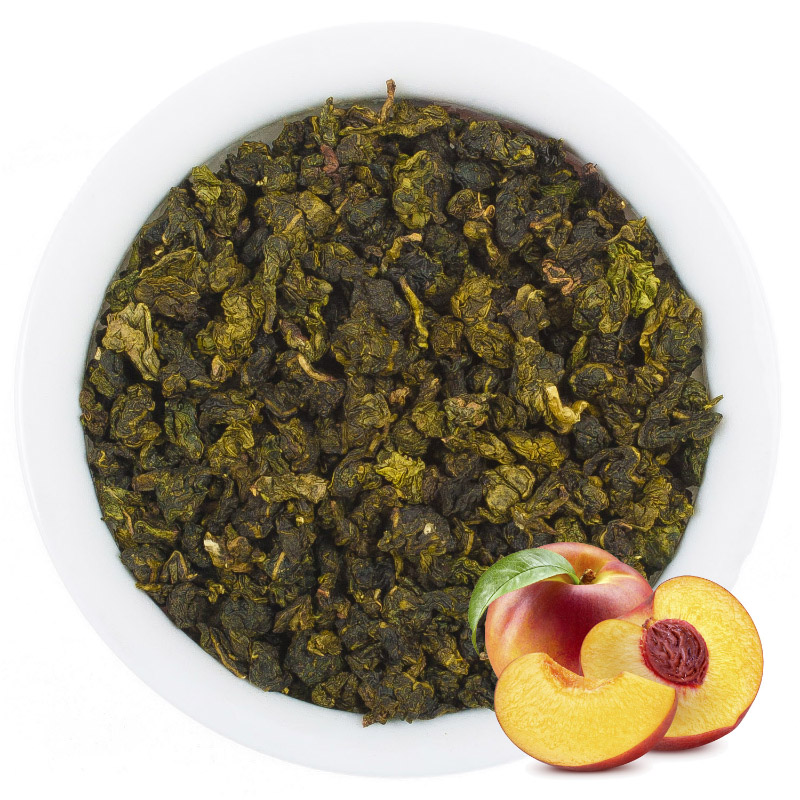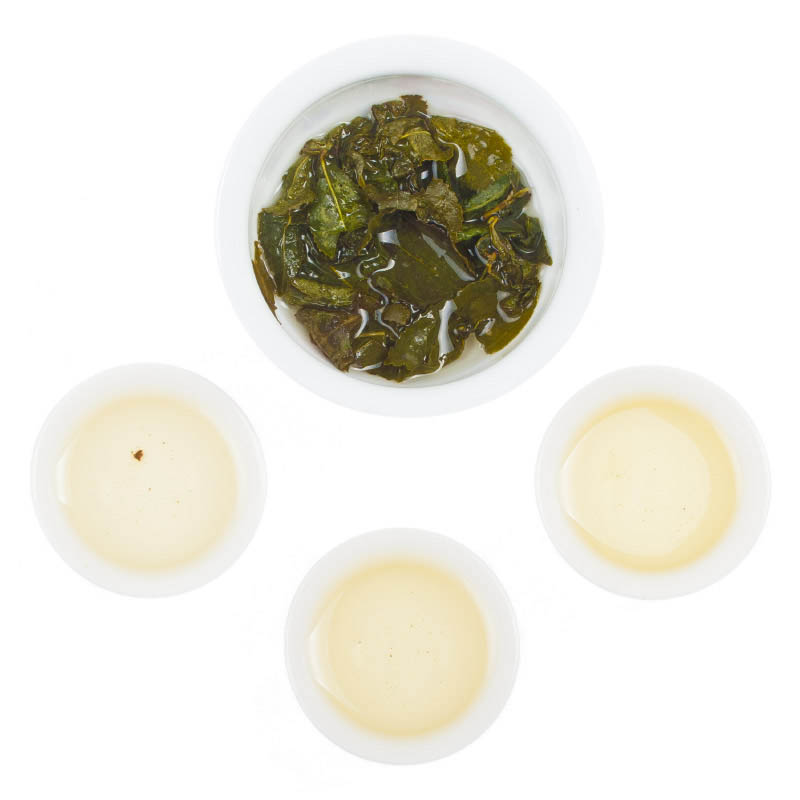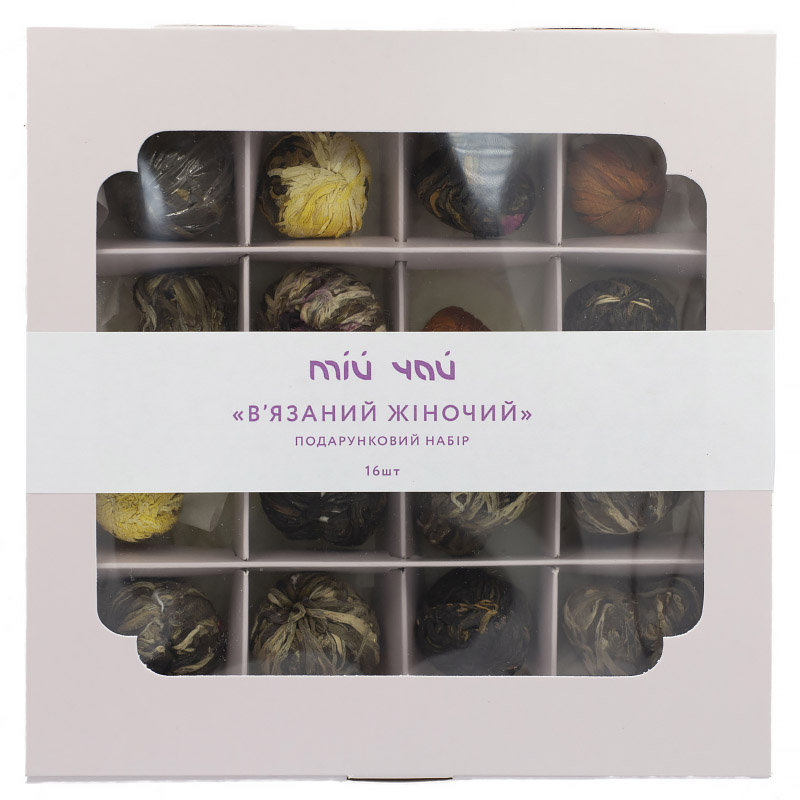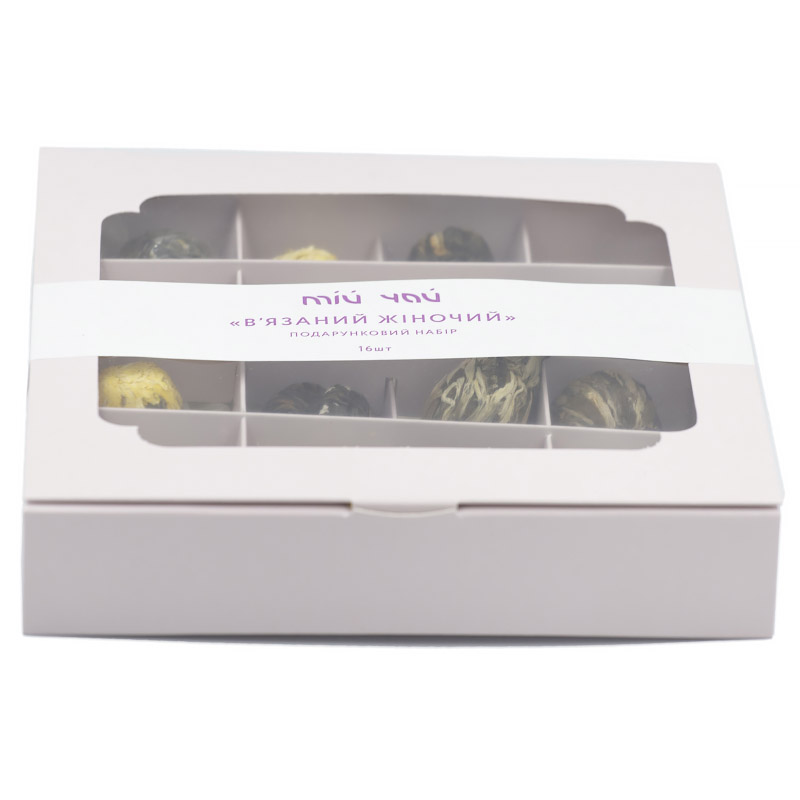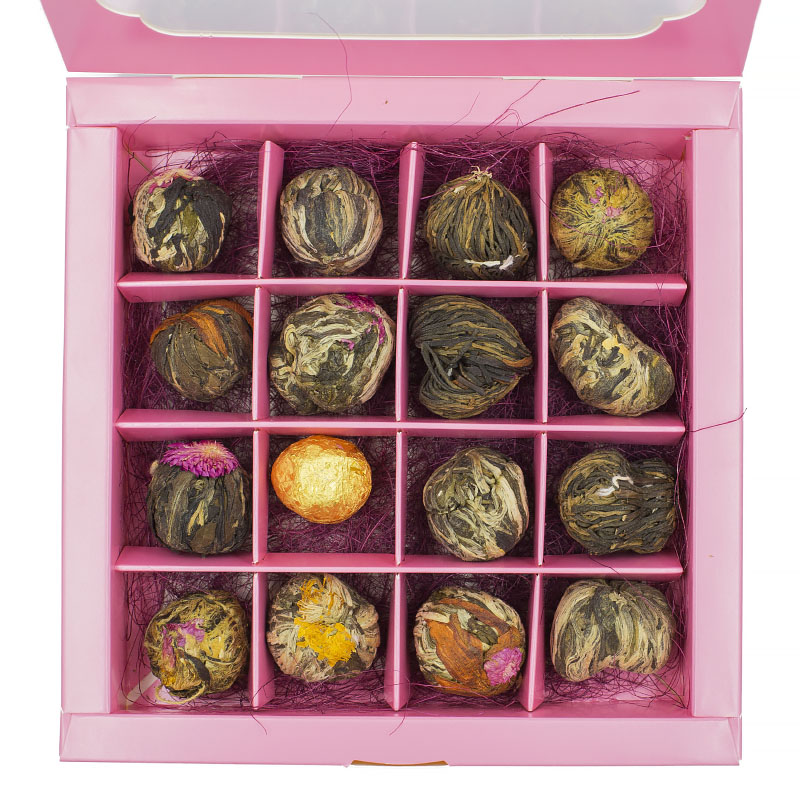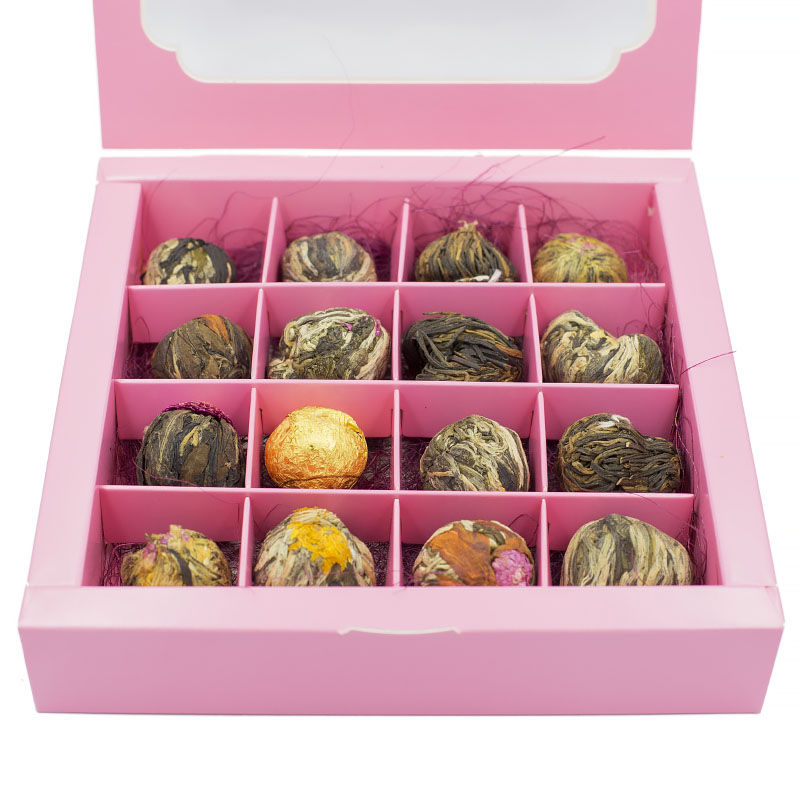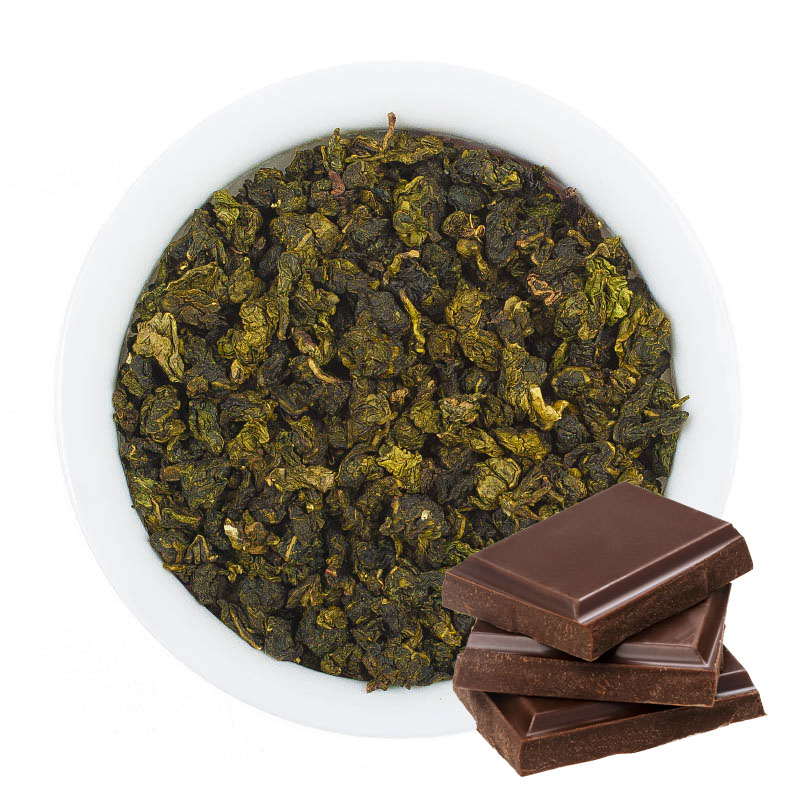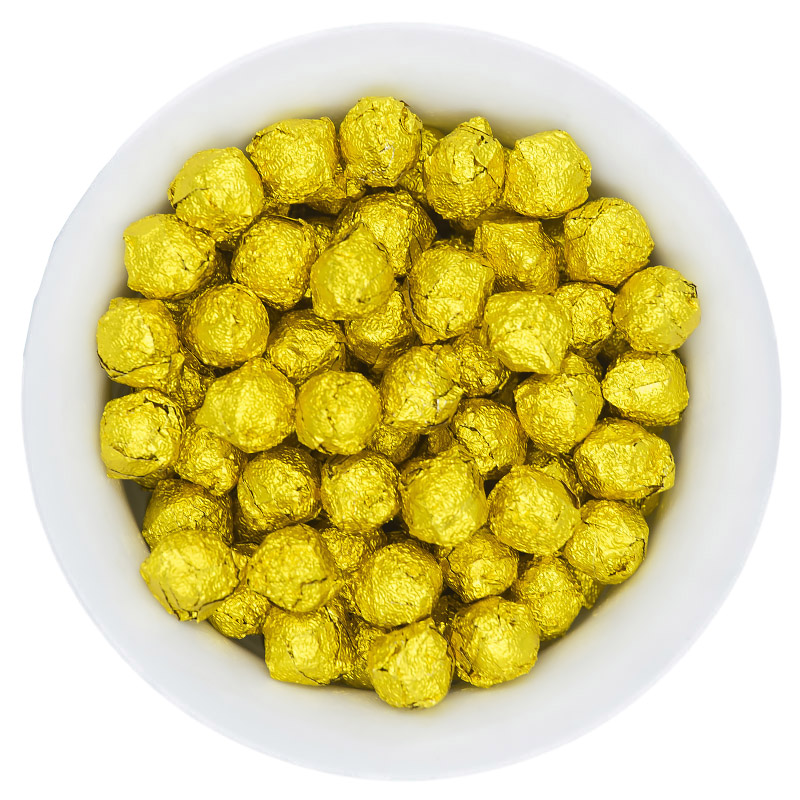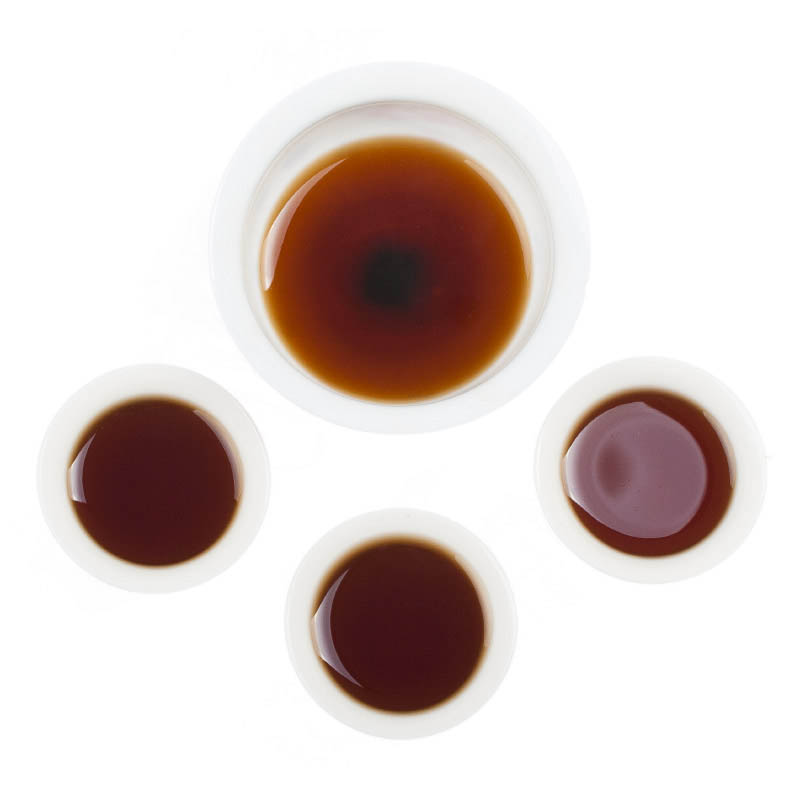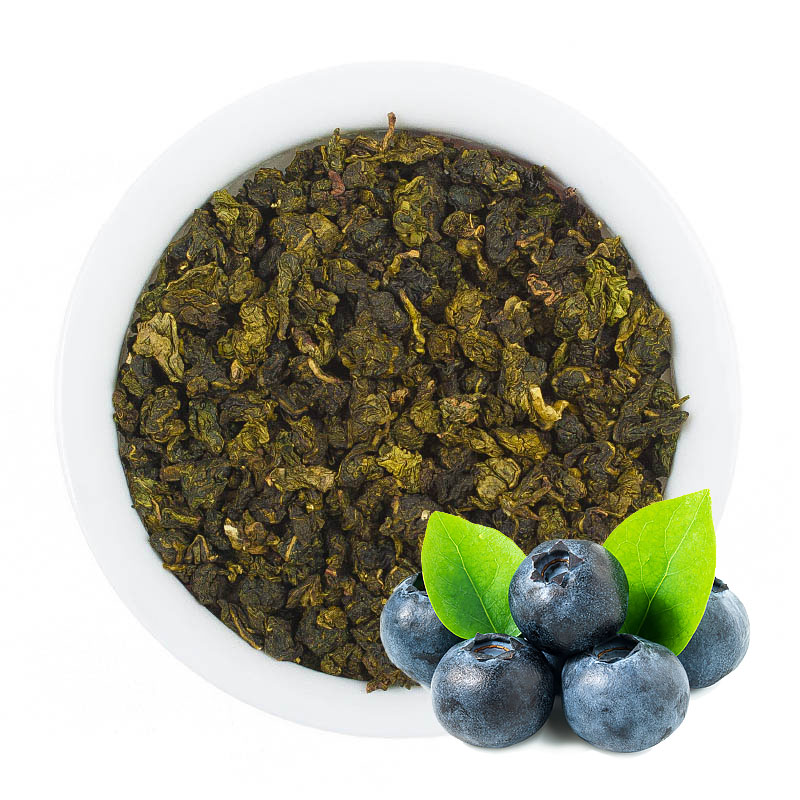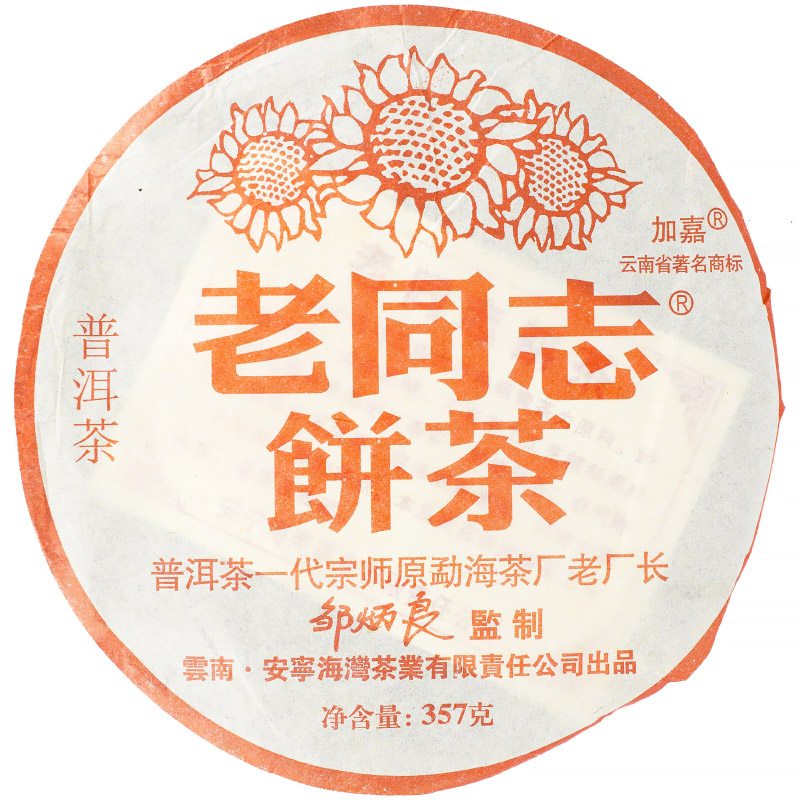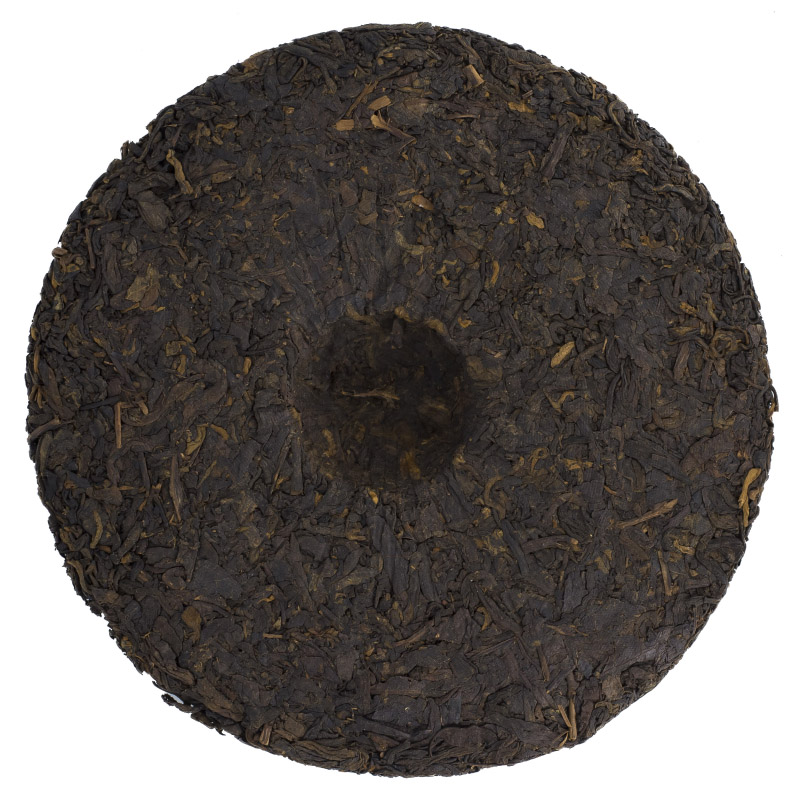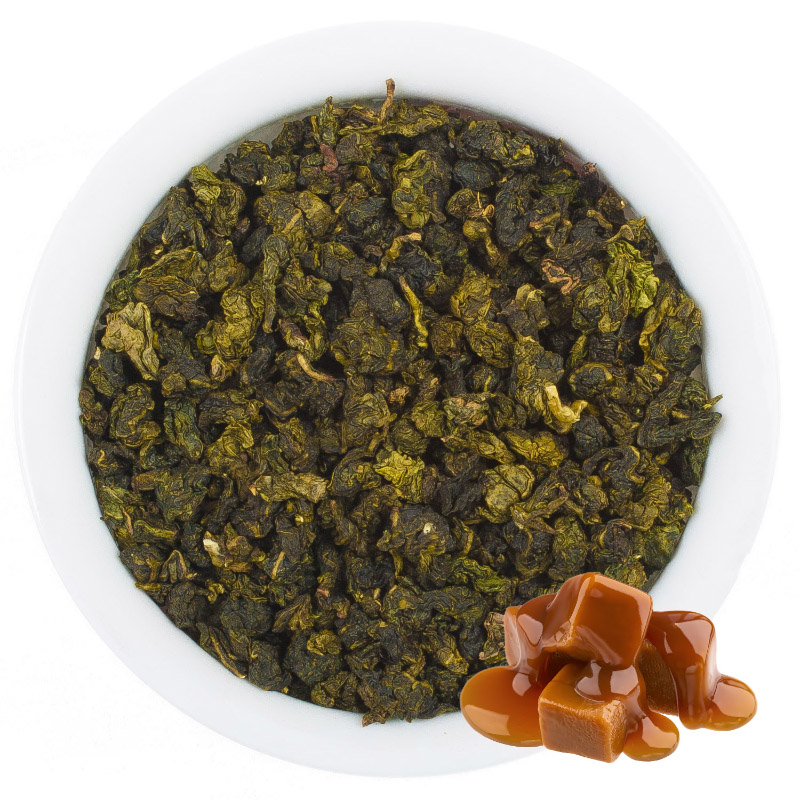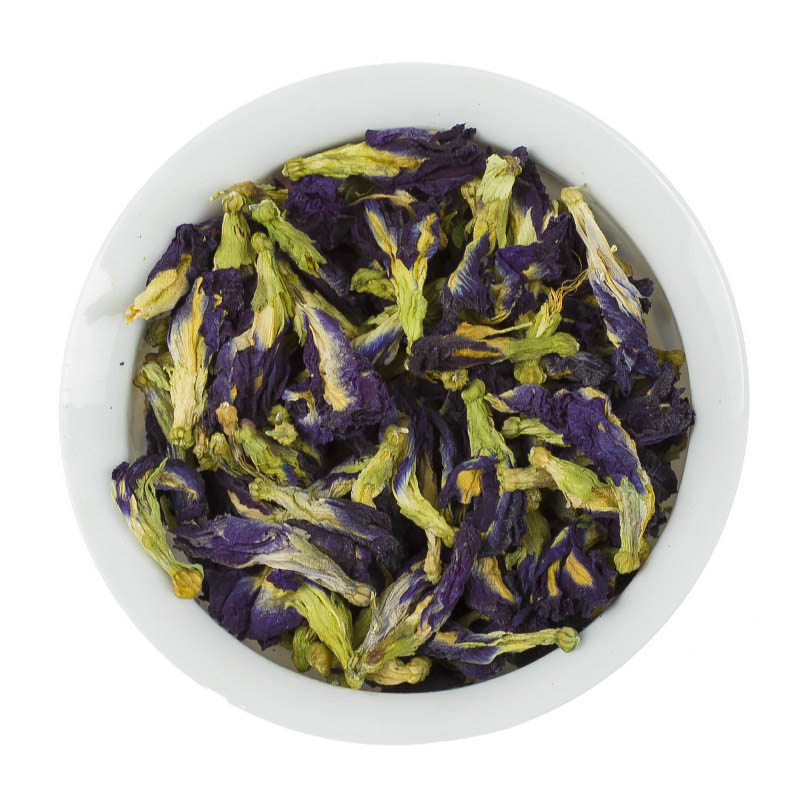Contents
- Nuances of Processing Different Tea Varieties and Types
- Tea Drinks with Their Own Names
Humans have created many types of tea: black, yellow, white, green, red — differing not only in color but also in type and flavor. It’s no surprise since tea is a favorite drink of many. After the tea harvest is collected, in most cases it goes through three processing stages:
- fermentation;
- drying;
- sorting.
After sorting by large-leaf, small-leaf, and other parameters, the tea is packed into large or small boxes and bags to be sent to points of sale where it can be purchased.
Nuances of Processing Different Tea Varieties and Types
Each type of tea has its own specific processing features, such as:
- Black tea. The most popular drink among enthusiasts. It varies in appearance and flavors depending on the size of the finished leaf and other characteristics. Black tea is processed for a long time — about 18 hours are spent on withering the leaves, assuming dry weather. In artificially controlled conditions, this process is shortened to 4–5 hours. Afterward, the leaves are rolled to initiate fermentation and then dried.
- Green tea. The biggest challenge in processing green tea is to stop the fermentation process so the tea leaf retains its original taste and aroma. Leaves are steamed, rolled, dried, resulting in a beneficial product that can be either small-leaf or large-leaf, both highly valued.
- Red tea. Falls between green and black tea. Its infusion has a tart taste and yellow-red color. The leaf processing technology consists of several stages:
- withering;
- rolling;
- short fermentation;
- steaming;
- final drying, after which the tea is packaged into boxes and paper bags.
- White tea. A special drink made from the youngest leaves and even buds. They are slightly withered, spread out to dry in the sun, then moved to the shade. Fermentation in this case is very weak, resulting in a very light brewed taste.
Apart from plain white, green, black, and red teas, there are derivatives with their own names.
Tea Drinks with Their Own Names
- Puer tea. An ancient Chinese drink believed by locals to prolong life and grant beauty and health. Its leaves are picked from ordinary tea trees. There are three types of puer: green, black, and white, and its flavor depends on the shape it was pressed into after the main processing.
- Oolong tea. The most fragrant semi-fermented teas of China. There are many varieties, called differently:
- Tie Guan Yin;
- Milk Oolong;
- Alishan and others.
- Matcha. A type of green tea made from young leaves by a special method in China and Japan. The resulting product is ground into a bright green powder. The drink is prepared by pouring boiling water over it and then whisking with a special bamboo whisk. It is consumed without sugar.
- Mate. Very unusual due to its raw materials and production method. It is made from the leaves of the Paraguayan holly and has a tobacco-like flavor added during production. It contains so many stimulating substances that it can rival any kind of coffee. Today it is grown not only in Paraguay but also in Argentina and Brazil.
- Rooibos. A red or green tea of South African origin with a unique taste. Different colors of the drink are achieved through special processing. Red rooibos is made from needle-like leaves and stems of the Aspalathus plant, which are crushed and fermented. Green rooibos is almost unprocessed, resulting in a regular green tea with a herbal flavor. Producers also create flavored varieties: strawberry, vanilla, chocolate.
- Blooming or Flowering tea. An amazingly tasty and aromatic drink whose buds open inside the teapot. Its production technology is quite complex, making it rather expensive, but it is easy to order as it is popular and widely available.
- Herbal tea (Phytotea). Contains various plants, many of which are medicinal. It can include:
- herbs;
- flowers;
- leaves of shrubs and trees;
- various fruits;
- plant seeds;
- bark.
- Blended teas. Usually contain a mixture of black and green teas with flowers, fruits, and various herbs. They are tasty and healthy and can be enjoyed hot or cold.
In addition to those listed, there are also fruit teas, which you can either buy ready-made in offline and online stores or prepare yourself. However, for fruit and herbal drinks, it should be considered that commercially produced ones are made by masters who strictly follow technology and proportions to achieve the desired taste and health benefits.
